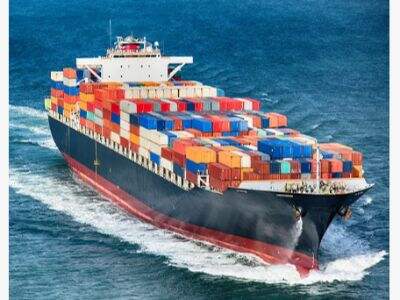The export of hazardous goods can be a dangerous business. These goods also need to be handled and transported in such a way that accidents won’t occur. We at HJ INTL understand the importance of following the proper rules and guidelines for shipping hazmat materials. This guide should help you better understand the process and that you’re doing all properly as you transport haz or hazardous goods across borders.
All you need to know about dangerous goods export guidelines around the world
Dangerous goods may have differing requirements for export from each country. It’s there for everyone’s safety. It is essential you know these rules well before you make any submissions. For instance, international contracts, such as the International Air Transport Association (IATA) agreements for FBA Shipping air shipments and International Maritime Organization (IMO) contracts for shipments by sea. These standards ensure that hazardous materials are properly packed, labeled and handled throughout their transportation.
Approaches to Safer Transport of Dangerous Goods across Borders
Because when it comes to carrying hazardous materials, safety is everything. One approach is the right packaging. That involves using containers that are strong and that seal tightly against leaks and breakage. Training is also a big thing for everyone involved. Those who handle and transport hazardous goods, must know exactly what action to take in the event of an emergency. At HJ INTL Drop Shipping, we see to it that our employees are well-trained and well-versed on the current safety procedures.
Exporting Dangerous Goods: A Complete Compliance Guide to Meeting Legal Requirements
There are certain steps you must follow in order to lawfully export dangerous goods. So, step one, categorize your goods properly in accordance with the regulations. This is about determining what sort of hazard your goods represent. Then your products must be properly labeled and packaged. You’ll also need the proper paperwork a dangerous goods declaration, a bill of lading. There are a lot of nuances to the process, but it is key to safety and to complying with the law.
Incident Response Protocols During the Export Process
Even with the best-laid plans, accidents will occur. You need a specific plan to follow if something goes wrong. This plan should also detail the actions to be taken to stop such spills or leaks as rapidly and safely as possible. It should also include details about who to call for help, such as local authorities and cleanup crews. Training employees in these protocols is just as important as establishing the protocols.
Advice to Guarantee Successful Transportation of Dangerous Goods
Here are a few pointers to ensure that a shipment of dangerous goods goes as smoothly as possible. Make sure you always double check paperwork to make sure it is both accurate and in full. This is for smooth china dropshipping transition through customs – we don’t want to keep customs waiting. And communicate early and often with all accounts in the shipping chain. Being in the know at all times about where your shipment is and the status of what’s being shipped allows you to react faster if something goes wrong. Finally, look for options to insure your shipments, to cover losses and damage that can arise from accidents or delays.
Table of Contents
- All you need to know about dangerous goods export guidelines around the world
- Approaches to Safer Transport of Dangerous Goods across Borders
- Exporting Dangerous Goods: A Complete Compliance Guide to Meeting Legal Requirements
- Incident Response Protocols During the Export Process
- Advice to Guarantee Successful Transportation of Dangerous Goods

